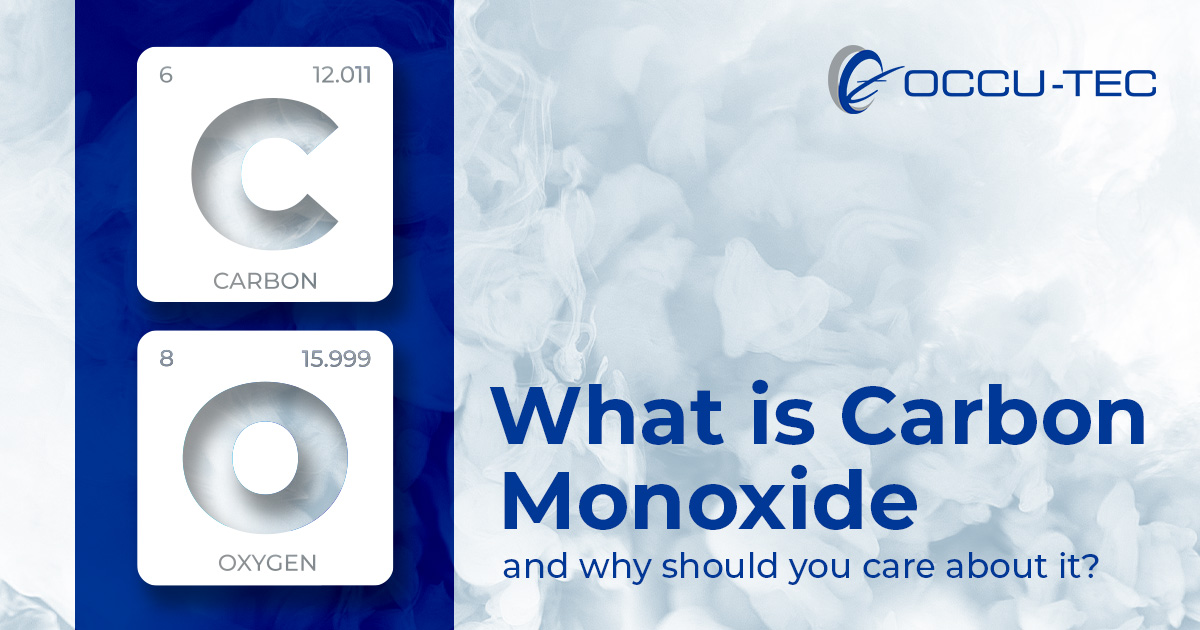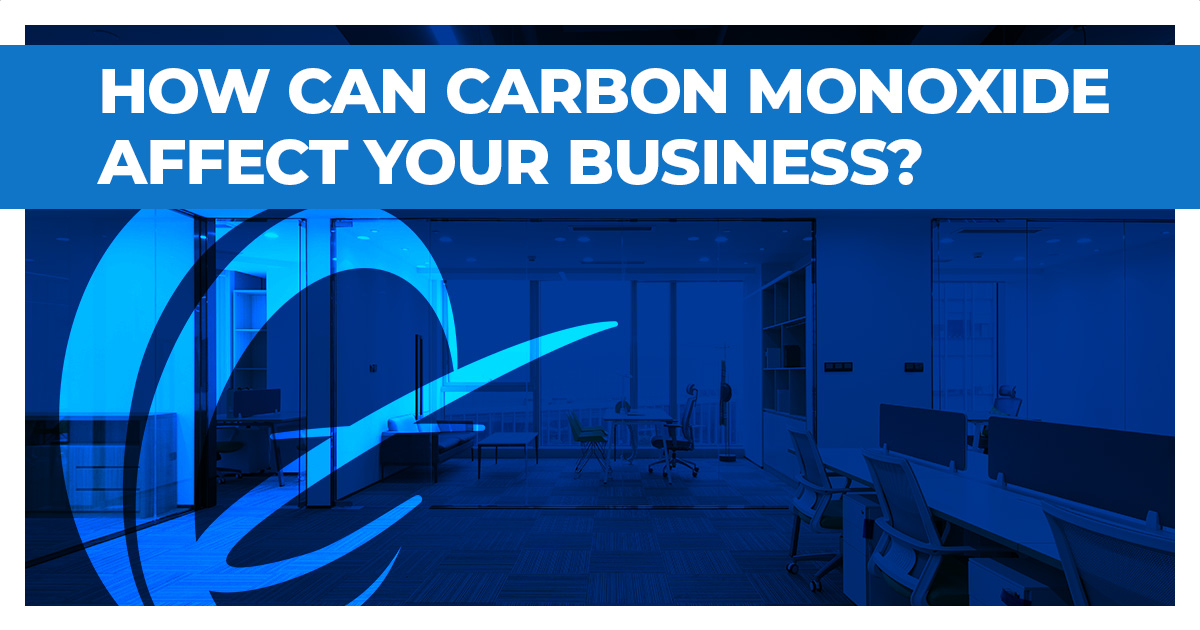How Can Carbon Monoxide Affect Your Business?
We know the dangers of carbon monoxide. The gas is around us all the time — in the air we breathe indoors and out — but it can be dangerous at high...
3 min read
 OCCU-TEC, Inc.
:
Nov 21, 2022 5:20:30 PM
OCCU-TEC, Inc.
:
Nov 21, 2022 5:20:30 PM

Carbon monoxide is a gas that is around us all the time. It is in their air we breathe outdoors in trace amounts but can be hazardous at high levels. It can be found in homes, offices, and other indoor spaces as a byproduct of fuel burning.
Carbon monoxide is a colorless, odorless, tasteless gas that is produced whenever any fuel is burned. Because it is impossible to see, taste or smell, carbon monoxide can kill you before you are aware it is in your home or office.
Although carbon monoxide is invisible to human senses, it can be detected by specialized alarms. These devices are designed to sound an alarm when high levels of carbon monoxide are present in an area, giving people the opportunity to leave the area before they are affected. Carbon monoxide alarms are required in many U.S. states in personal dwellings, schools and workplaces.
When carbon monoxide is breathed in, it enters the bloodstream and prevents the blood from carrying oxygen to the body's organs and tissues. This can cause serious health problems, including death. Symptoms of carbon monoxide poisoning include headache, dizziness, nausea, shortness of breath, weakness and confusion. If you experience any of these symptoms and suspect that you may have been exposed to carbon monoxide, leave the area immediately and call 9-1-1 or your local poison control center for emergency assistance. Do not return to the area where you were exposed to carbon monoxide until it has been determined safe to do so.
At lower levels of exposure, carbon monoxide causes milder symptoms such as headaches, dizziness, disorientation, nausea and fatigue. These symptoms are often described as "flu-like." Breathing in elevated levels of carbon monoxide can cause you to go unconscious and possibly lead to death.
The effects of carbon monoxide poisoning can last for hours or even days after exposure. People who have been exposed to carbon monoxide may continue to feel ill even after they leave the area where the carbon monoxide was present.
Carbon monoxide poisoning is treated by removing the person from the area where they were exposed and giving them oxygen. Do not self-administer oxygen treatment. Leave the area and breathe fresh air until emergency assistance arrives. In some cases, people may need to be hospitalized for treatment of more severe symptoms.
The long-term effects of carbon monoxide poisoning can vary depending on the severity of exposure. Consistent exposure to low levels of carbon monoxide can contribute to prolonged flu-like symptoms of headache, dizziness, nausea, shortness of breath, weakness, difficulty sleeping, concentration, confusion and changes in mood.
In extreme cases, carbon monoxide poisoning has been determined as a cause of anoxic brain injuries that cause issues with memory, language, cognition, mood and behavior. It has also been linked to a cognitive movement disorder that resembles Parkinson’s disease.
There are many common sources of carbon monoxide, including furnaces, water heaters, dryers, fireplaces and wood stoves. Carbon monoxide can also be produced by gas-powered machines including generators, pressure washers, power washers, lawn mowers, snowblowers, cars and trucks.
Carbon monoxide is produced whenever any fuel is burned, so it is present in the air around us all the time. High levels of carbon monoxide dissipate from confined areas after exposure to fresh air. According to ADT, carbon monoxide will dissipate after about four hours in fresh air.
There are several things you can do to prevent carbon monoxide poisoning in your home or the workplace. Make sure to have your furnace, water heater, dryer and other potential sources of carbon monoxide inspected regularly by a qualified technician and install carbon monoxide detectors throughout the space. You should have at least one carbon monoxide detector in areas where people stay for long periods of time. At home, you should have one in each bedroom and closed off areas within the home. In the office, there should be carbon monoxide detectors in open areas as well as smaller areas such as a kitchen offset from the rest of the office.
Our team of specially trained safety consultants provide environmental testing that includes carbon monoxide standards as well as workplace safety training for hazardous gases.
If you suspect that there is carbon monoxide in your home or workplace, open doors and windows to ventilate the area. Leave the area immediately and call 9-1-1 or your local poison control center. Do not return to the area until it has been determined safe to do so. If you have a carbon monoxide detector, make sure to test it regularly and replace it according to the manufacturer's instructions.
Our specialized workplace safety consulting team provides environmental testing that includes potentially hazardous gases as well as workplace safety training. Contact us today to learn more about how OCCU-TEC can keep your business safe from carbon monoxide and other hazardous gases.

We know the dangers of carbon monoxide. The gas is around us all the time — in the air we breathe indoors and out — but it can be dangerous at high...

Carbon monoxide (CO) is a silent, invisible threat that can have serious consequences for businesses. Understanding what carbon monoxide is, where it...